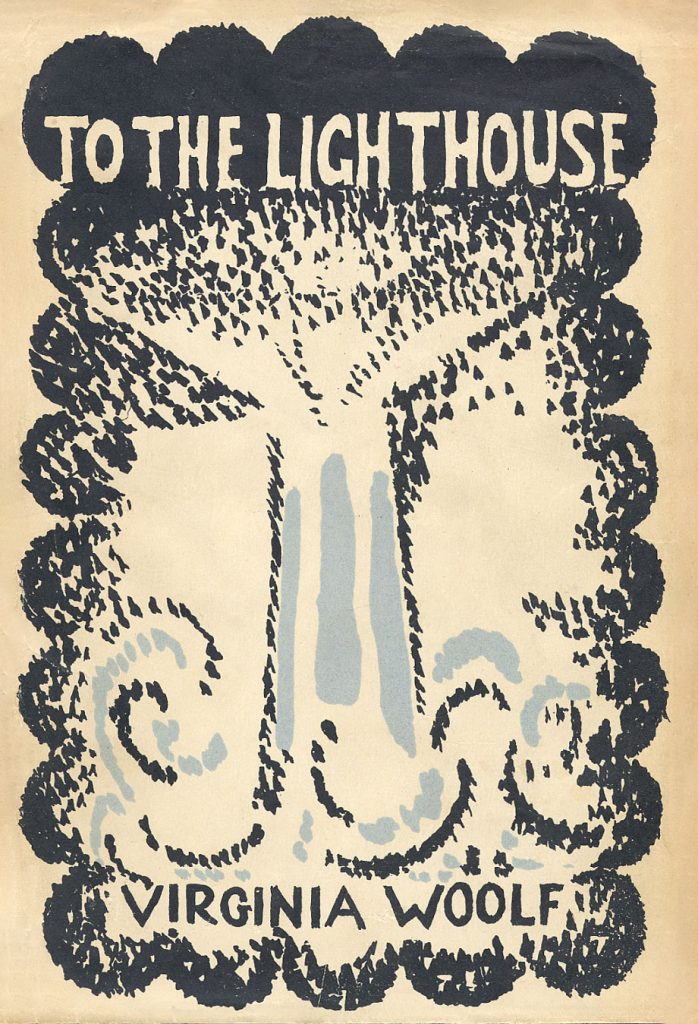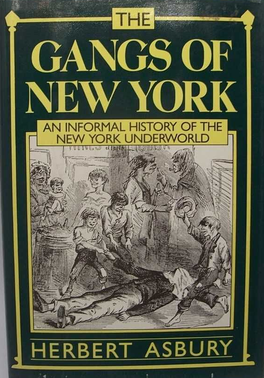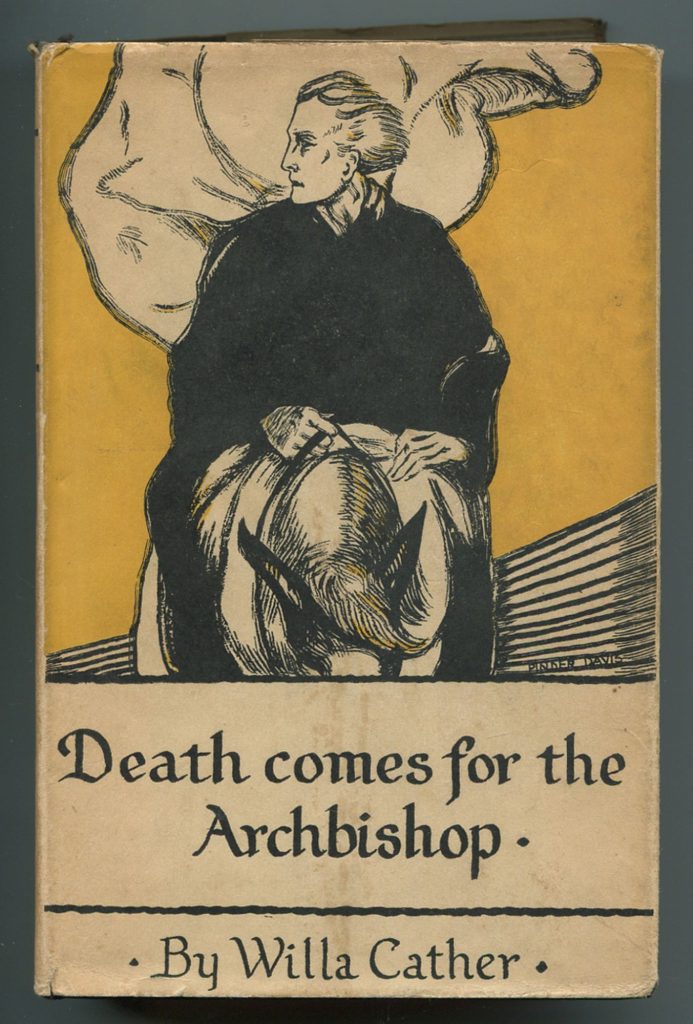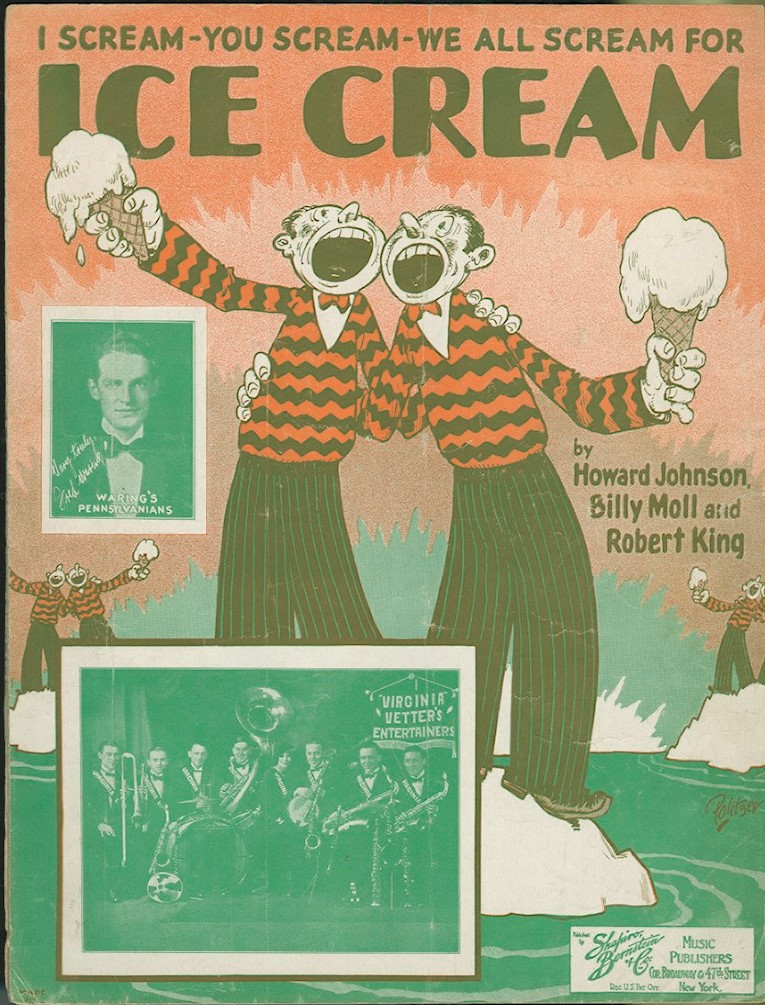Copyrighted Works from 1927 Enter the Public Domain
What is the Public Domain?

On January 1, 2023 copyrighted artifacts from 1927 entered the Public Domain. This means that online repositories such as Internet Archive, HathiTrust, and Google Books can make works fully available online without fear of financial repercussions. Of course, this does not mean that sources should be used without attribution, but it does make them free to reuse and share publicly without having to ask for or purchase permission.
What is coming into the Public Domain?

This year several classic works from the American literary canon have entered the Public Domain. Among them are Virginia Woolf’s To the Lighthouse, Franz Kafka’s Amerika, Gangs of New York by Herbert Asbury, and Death Comes to the Archbishop by Willa Cather. In addition to the novels listed above, content in other media has entered the public domain as well, including the sheet music for several well-known songs – including “The Best Things in Life Are Free,” “I Scream, You Scream, We All Scream for Ice Cream,” and “Putting on the Ritz.” While the sheet music has entered the public domain, the recordings themselves have not – so unfortunately you still may have to pay for permission to use the actual recordings of these classic tunes.
How Clear is the Boundary?

Sometimes the boundary can depend partly on the litigiousness of a creator’s estate. Recently in the news, the estate of Arthur Conan Doyle sued and then settled with Netflix regarding the use of Sherlock Holmes’ person and behavior in their Enola Holmes films. The estate claimed that the Sherlock depicted in the films showed a softer, warmer side of Sherlock than is present in Conan Doyle’s latter (still copyrighted) works, while Netflix claimed that certain human characteristics cannot be copyrighted.
Has it always been this way?
Originally, copyrighted works from 1927 were set to enter the public domain in 2003, but in 1998 copyright law was extended by twenty years. Next year, the original Mickey Mouse drawings are set to enter into the public domain, and it remains to be seen whether or not Disney, the current copyright holder, mounts a legal challenge to attempt to extend their copyright of the original Mickey Mouse design.
The Public Domain Around the World

The 1998 embargo that put a twenty year extension on items entering the public domain has largely been seen as a major setback for scholars and researchers who were unable to have full access to many classic works. Generally speaking, the commercial market for intellectual property from the late 1920s is non-existent, which makes these extended copyright protections rather unfortunate, as oftentimes it seems to prevent the exposure and sharing of historical assets, while doing little to protect whatever market value may exist so long after its publication. However, Canada has recently decided to enact a very similar embargo on items entering the public domain modeling the recent expired decision in the United States. Copyrighted items in Canada up for entering the Public Domain in 2023 will have to wait another twenty years before they can be readily used for academic or research purposes. Unfortunately enabling those with access to institutions that can pay for permission a much higher level of access to the historical record.
While it is difficult to keep track of every record coming into the public domain in a given year, organizations like the Public Domain Review in the United Kingdom publicize and promote collections and pieces that are in the public domain that may otherwise be lost to history or obscurity. Their collections include images and prints that span the disciplines – all legally digitized and shared due to their current copyright statuses which allow them to be shared and used freely and publicly.